
A guide on reusability concepts that are more… advanced. These include fairing and upper stage recovery. This guide is intended to act as a follow-up to my previous guide, How to Build and Fly Partially Reusable Rockets. If you haven’t seen it yet, you should check it out!
Contents
Configuration of the Probe Core and Related Peripherals
All credit goes to Three Trillion Ramjets!
Looking at the probe core from the first stage of the rocket I made for the previous guide on the subject, we can see that it and the other components required for reuse of the vehicle lend a combined mass of over two metric tons, and a net cost of over 16,000.
If we forego the reaction wheels, decrease the battery size, and use a smaller probe core, we can slash this significantly.
Here, we see that the cost can be reduced to 3,368, and the mass to 0.650 metric tons.This is a relatively large difference in mass, and the smaller assembly is definitely cheaper. Not only that, but it is more achievable in a career mode world. Alternatively, we could have used a Probodobodyne OKTO.
Besides the significant reduction in price, the decreased mass of these last two options will serve to open up more margin in order to accommodate heavier payloads, etc. Unlike before, in my previous guide, this requires either part clipping or use of the structural tubes that come with the Making History expansion DLC. As we see here, in building the rocket, we would need to clip the probe core and battery along with the strengthening struts into the first stage. Fortunately, this solves the problem of weakness in the interstage area. Previously, this had been a problem, because it resulted in large oscillations and eventual loss of control of the vehicle during the launching phase.
Fairing Recovery
In the news recently has been reporting about SpaceX’s recovery of payload fairings. Looking at the cost in KSP of the 2.5-meter size, it is not readily apparent why this would also be a concern in-game.
As we can see above, the cost is only 600; while this is not exactly cheap compared to many other parts on rockets at the 5th tech level, what really makes the fairings expensive is not the root part. Instead, it is the fairing extensions themselves.
With an example fairing extended forward, we see the price rises to 1378. With larger payloads, this becomes a serious contributor to the cost of the rocket. Considering that in normal missions, the fairings are completely discarded (except for the relatively inexpensive root part), this seems a bit of a waste.
The solution to this problem is to invert the fairing so that it extends downward over the payload, and therefore can be yanked off once the vehicle leaves the thicker part of the atmosphere. For ease of recovery, parachutes could be used.
Because most payloads are not large enough to allow for the fairing to be pulled over it without staging the fairing (and losing it), the trunk section where the fairing meets the vehicle needs to be tapered outwards.
Second Stage Recovery
Now that we know that we need a tapered upper stage, we can start thinking about how we might go about recovering it. Probably the simplest way to do this is to throw some parachutes on it, and make sure to leave enough fuel in the upper stage for it to deorbit.
In terms of engine choice, it depends mostly on the intended payload.
Normally, the Poodle or the Wolfhound (DLC) are up to the job. The fuel tanks being used here, are, admittedly, much more than I need for the 10-15,000 kg payload range; however, they are what would be necessary for interplanetary transfers of such payloads.
For going on to low Kerbin orbit (LKO), then, using a more powerful second stage motor such as the Skipper, we can see larger payloads onto the typically 900-1300 m/s range orbital insertion burns.
This showcases the limitations of these type of reusable upper stages in that for an expected LKO burn, the corresponding size of payload often necessitate an excessively large first stage. Pictured here is the stage required to take this to orbit.
Unfortunately, while it is possible to attain orbit, the first stage is left on a suborbital trajectory that falls short of the next continent, and would therefore require either a wasteful boost-back burn, or a laborious drone ship landing.
This type of configuration does lend the second stage available for recovery by parachute.
Keep in mind while designing the upper stage that there is a point where it makes much more sense to put the payload on a 3.75 meter diameter rocket (versus the 2.5 meter seen here). This is because the combined payload and upper stage need to be light enough so that the first stage can be left on a suborbital trajectory such that it comes down over land for the sake of ease of landing. In almost all normal cases, the fuel in the Kerbodyne ADTP-2-3 is sufficient for the 10-15,000 kg payload range while being light enough to allow the first stage to land on the next land mass.
If you have questions about this process, refer to my previous guide on the topic.
Impacts of Reduced Control Authority on First Stage Vertical Propulsive Landings
It is immediately obvious that there are detrimental effects involved in removing much of the hardware such as aerobrakes and reaction conrol systems. However, these are in my mind offset by the payload size and vehicle efficiency gains obtained by construction of the stages in the manner I have suggested.
Often I include fins on the first stage of my builds, so as to increase the stability during ascent. Due to the inherent aerodynamic stability of these first stages during descent, these are not required except during launch. Keep in mind the movement of the center of lift and the center of mass in the first stage after the second stage is boosted up to speed, and that fins lower down on the trunk of the rocket that might enhance the handling during launch can result in uncontrollable descent with SAS on. Using static fins, such as the AV-T1 winglet, solves this problem.
To summarize this guide, I would say to avoid unnecessary parts, or unnecessarily large parts, that decrease payload mass. Instead, use that margin to facilitate recovery of the second stage and fairing. In the meantime, keep in mind the tradeoff in Delta V in the first stage versus the second, and how the first stage (ideally) needs to have enough Delta V to reach the next continent for a ground landing. This approach is significantly more efficient than boost-back burns.

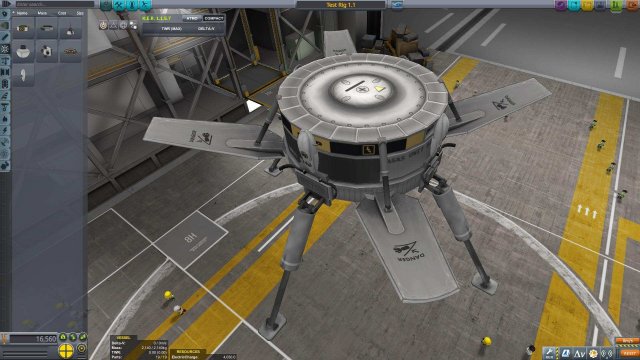
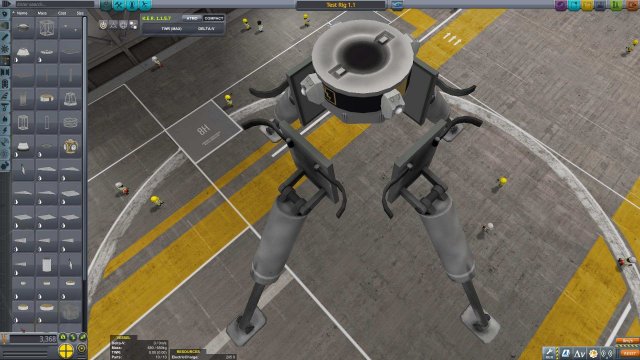
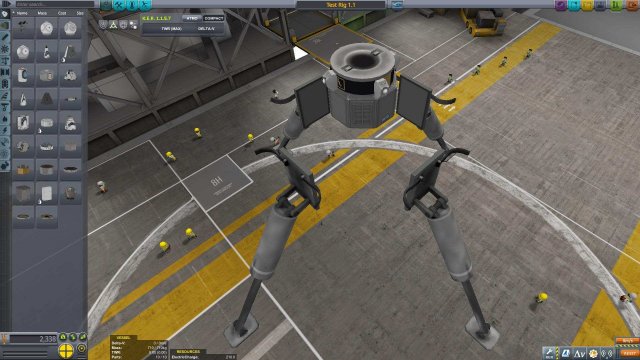

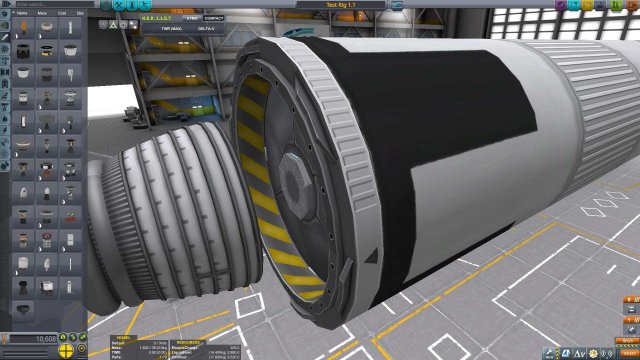
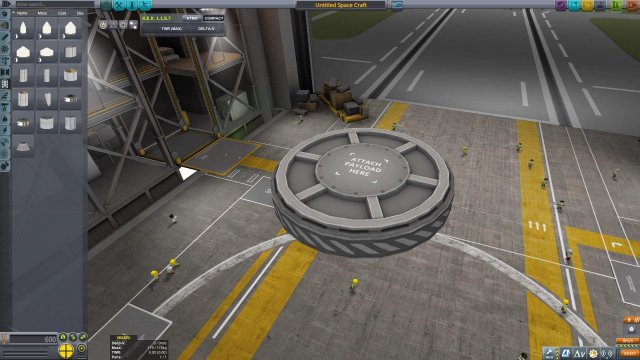
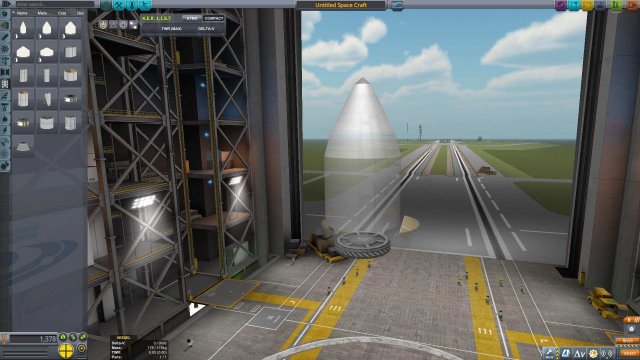
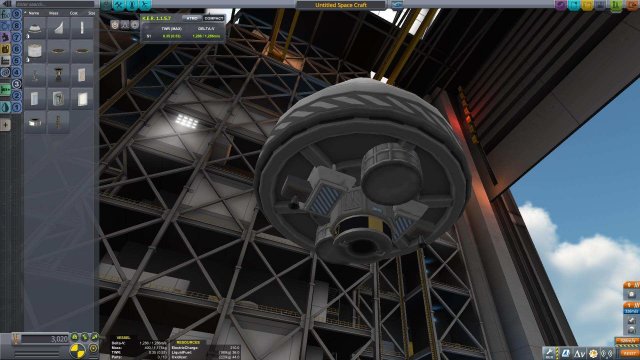
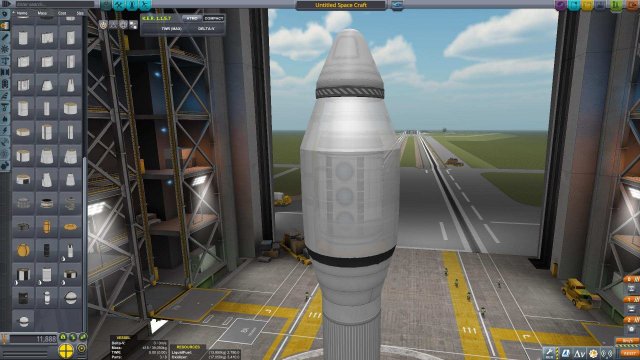
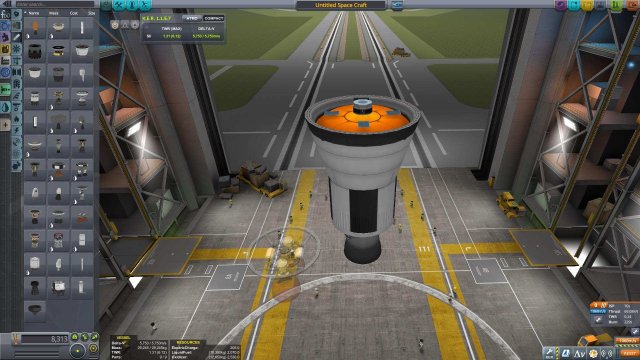
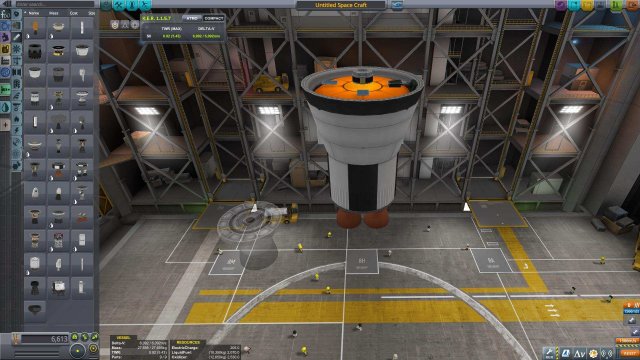

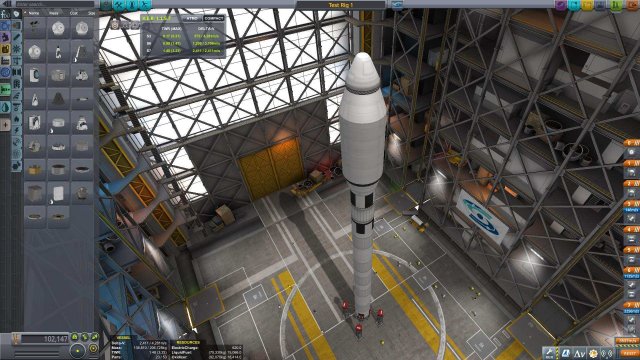
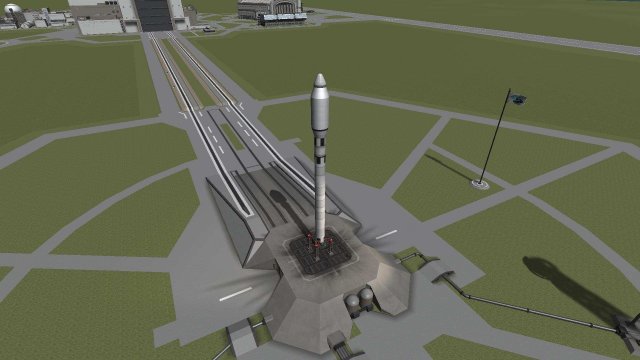
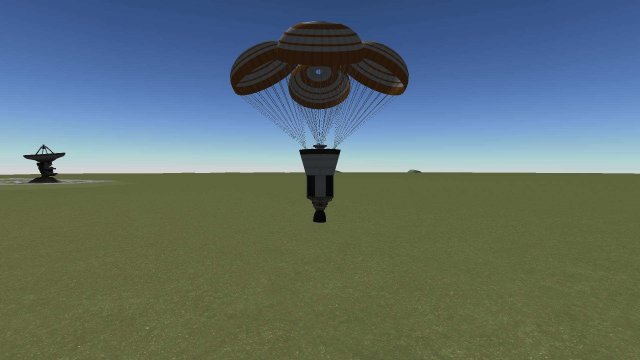
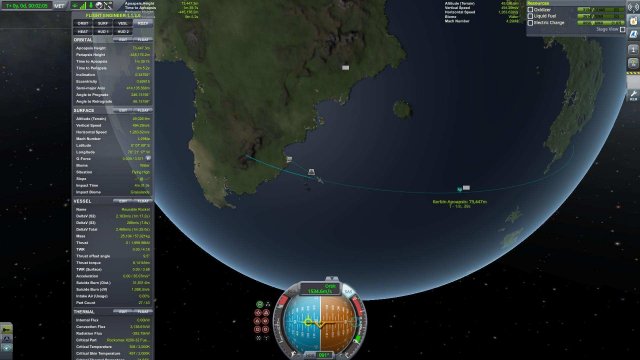
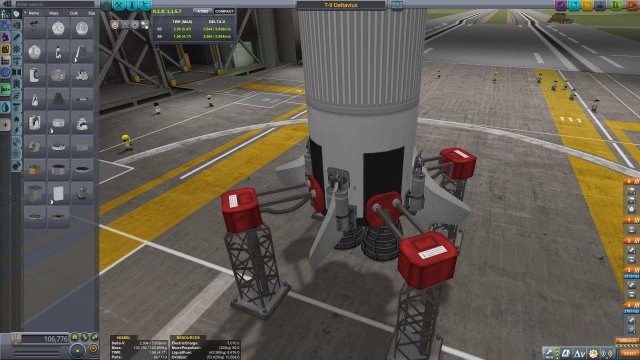
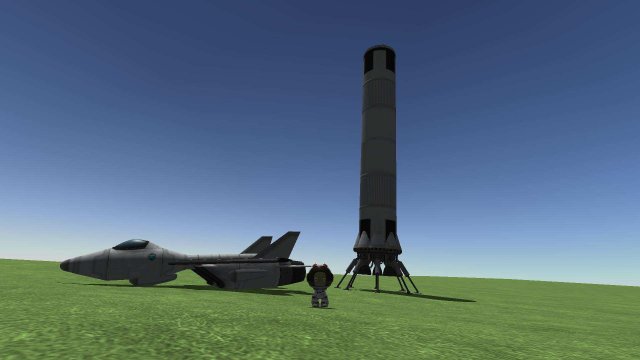




Be the first to comment